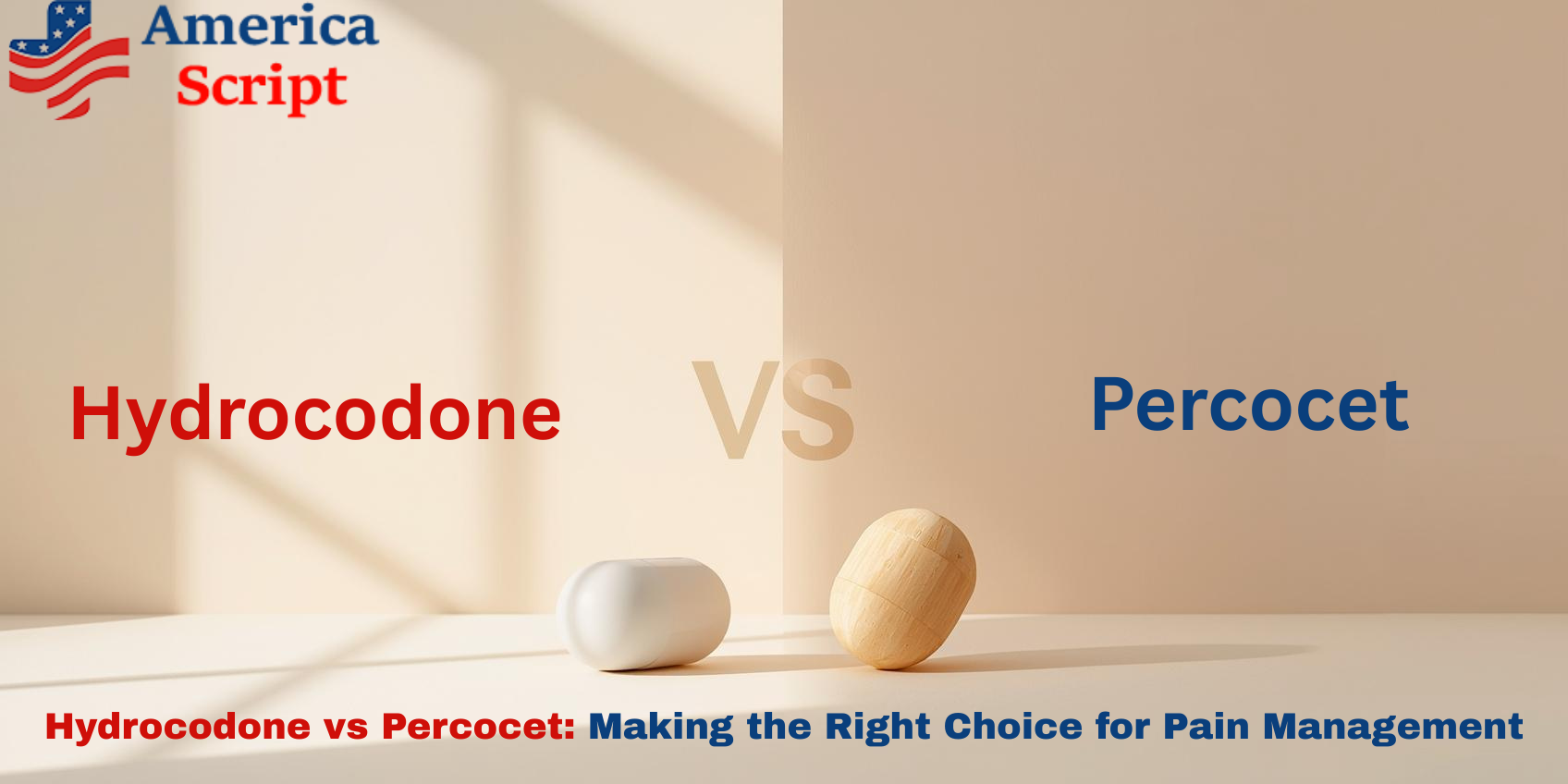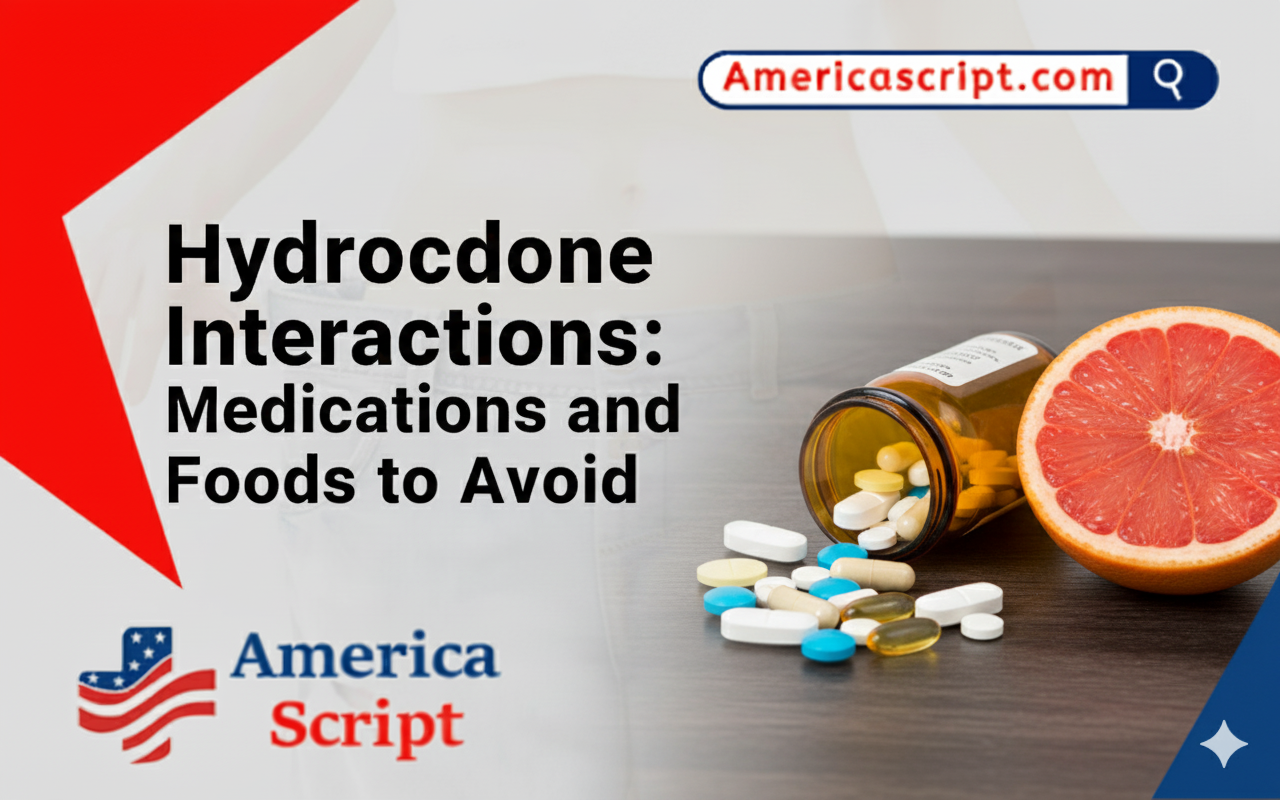Why Doctors Choose Percocet vs Oxycodone: Expert Insights

When comparing percocet vs oxycodone, many patients and healthcare consumers often wonder about the differences between these two pain medications. Oxycodone is a powerful opiate analgesic used to relieve severe pain, but it may be habit-forming. However, what many people don’t realize is that Percocet actually contains oxycodone as one of its active ingredients.
Understanding the distinction between these medications is crucial for proper treatment. While a percocet pill contains five milligrams of oxycodone that’s released immediately when taken, pure oxycodone medications come in different formulations, including extended-release tablets that work over 12 hours. Furthermore, oxycodone vs percocet discussions often overlook that oxycodone-CR products can contain up to 80 milligrams of oxycodone—equivalent to sixteen standard Percocet tablets. This comparison becomes especially important when doctors are deciding between prescribing oxycodone acetaminophen combinations or pure oxycodone formulations.
In this article, we’ll explore the medical reasons why physicians choose one medication over the other, examine their different applications, and discuss important safety considerations you should know about these powerful pain relievers.
Understanding the Basics of Oxycodone and Percocet
The chemical makeup of these two pain medications reveals their fundamental differences. Oxycodone is a semisynthetic opioid derived from thebaine, a natural alkaloid found in poppy seeds. It works by binding to specific receptors in your central nervous system, primarily affecting the μ-opioid receptors to alter how your body perceives pain.
Percocet, on the other hand, combines two active ingredients: oxycodone and acetaminophen. This combination offers a dual approach to pain management. The oxycodone component provides powerful pain relief through opioid pathways, whereas acetaminophen works differently by potentially blocking pain signals and reducing fever.
For Safe Order Visit Americascript.com And Order Buy Percocet Online
Available in multiple formulations, oxycodone comes as immediate-release tablets, extended-release tablets, and oral solutions. The immediate-release form takes effect within 30-60 minutes, with relief lasting 4-6 hours, whereas extended-release formulations work gradually over 12-24 hours.
Percocet typically contains varying amounts of oxycodone (2.5mg, 5mg, 7.5mg, or 10mg) combined with 325mg of acetaminophen. This fixed combination makes it particularly effective for moderate to severe pain that may also involve fever.
Additionally, oxycodone alone is often prescribed for ongoing pain conditions, whereas Percocet is generally recommended for shorter-term use since prolonged acetaminophen exposure may cause liver damage.
Get Flat 10% Discount on All Medicines. Click Here To Buy Oxycodone Online
Medical Reasons Doctors Choose One Over the Other
Physicians base their decisions between prescribing percocet vs oxycodone on several critical medical factors rather than personal preference. First of all, the patient’s liver function plays a crucial role—doctors typically avoid Percocet for anyone with a history of liver issues because the acetaminophen component can cause liver damage with prolonged use.
The duration of pain management needed often determines the choice as well. For instance, oxycodone alone, particularly in extended-release formulations, provides relief for approximately 12 hours, making it suitable for chronic pain conditions requiring round-the-clock management. Conversely, Percocet offers pain relief for only about 5 hours.
Moreover, the dual-action mechanism of Percocet makes it particularly effective for specific pain situations. In a clinical trial studying chronic low back pain, patients taking oxycodone/acetaminophen experienced significant pain reduction, with 85% of participants completing the study. Most patients (67%) reported meaningful relief with three or fewer doses daily.
Additionally, the acetaminophen in Percocet helps reduce fever alongside pain relief, which can be beneficial for conditions like tooth infections or post-surgical recovery.
The specific oxycodone dosage requirement is another consideration. Oxycodone-CR products can contain up to 80 milligrams of oxycodone in a single tablet—equivalent to sixteen standard 5mg percocet pills, allowing for higher-dose therapy when necessary without excessive acetaminophen exposure.
Risks, Side Effects, and Safety Considerations
Both medications carry significant safety risks that require careful consideration. Taking oxycodone or Percocet can cause breathing difficulties and potentially lead to death if misused. Approximately 125,000 people died worldwide from opioid overdoses in 2019.
The most common side effects include drowsiness, constipation, nausea, dizziness, and headache. Consequently, patients should never drive or perform dangerous activities until they understand how these medications affect them.
Besides immediate concerns, long-term risks exist. Extended use of Percocet raises concerns about liver damage due to acetaminophen content. Meanwhile, according to the American Medical Association, 3% to 19% of individuals exposed to opioids develop chronic dependency.
Warning signs of overdose include pinpoint pupils, unconsciousness, and difficulties breathing. If these symptoms appear, immediate medical attention is essential. Naloxone (Narcan) can temporarily reverse opioid overdoses if administered promptly.
Despite these risks, proper prescribing practices help minimize dangers. For safer use, patients should:
- Never break, chew, or crush extended-release formulations
- Avoid combining with alcohol or other sedatives
- Follow dosage instructions precisely
- Understand that abruptly stopping can cause withdrawal symptoms
The highest overdose risk occurs in males, older individuals, and those with low socioeconomic status.
Conclusion
Understanding the differences between Percocet and oxycodone gives patients valuable insight into their pain management options. Both medications effectively treat pain, though they serve distinct purposes in medical practice. Patients with liver concerns should generally avoid Percocet due to its acetaminophen content, while those needing longer-lasting relief might benefit from extended-release oxycodone formulations.
Nevertheless, these powerful medications carry significant risks regardless of formulation. Side effects, dependency potential, and overdose risks remain serious concerns with either option. Safety must therefore remain the primary consideration when using these medications.
The choice between Percocet and oxycodone ultimately depends on your specific medical situation, pain intensity, and duration requirements. Doctors carefully weigh these factors alongside your personal health history before making prescribing decisions.
Finally, patients should always follow prescribed dosage guidelines strictly and never modify how they take these medications without medical supervision. Though effective for managing severe pain, both Percocet and oxycodone demand respect and caution during use. Your doctor remains your best resource for determining which option might work best for your particular pain management needs.
FAQs
Q1. Is Percocet more effective than oxycodone for pain relief?
Ans.Percocet, which contains both oxycodone and acetaminophen, may be more effective for some individuals due to its dual-action mechanism. However, the choice between the two depends on various factors, including the type and duration of pain, as well as individual patient characteristics.
Q2. How much oxycodone is typically found in a Percocet tablet?
Ans. A standard Percocet tablet usually contains 5 milligrams of oxycodone, along with 325 milligrams of acetaminophen. However, Percocet is available in different strengths, with oxycodone content ranging from 2.5mg to 10mg per tablet.
Q3. Why might a doctor choose to prescribe oxycodone alone instead of Percocet?
Ans.Doctors may prescribe oxycodone alone for patients who need long-term pain management, have liver concerns, or require higher doses of oxycodone. Oxycodone is available in extended-release formulations, which can provide up to 12 hours of pain relief, making it suitable for chronic pain conditions.
Q4. What are the main risks associated with taking Percocet or oxycodone?
Ans.Both medications carry risks of side effects such as drowsiness, constipation, and nausea. More serious risks include breathing difficulties, potential for addiction, and overdose. Long-term use of Percocet may also lead to liver damage due to its acetaminophen content.
Q5. How can patients ensure safe use of these pain medications?
Ans.To use these medications safely, patients should follow prescribed dosage instructions strictly, never alter extended-release formulations, avoid combining with alcohol or other sedatives, and be aware of overdose signs. It’s crucial to communicate openly with your doctor about any concerns or side effects experienced.
For Safe And Authenticated Pharmacy Visit Americacript.com



